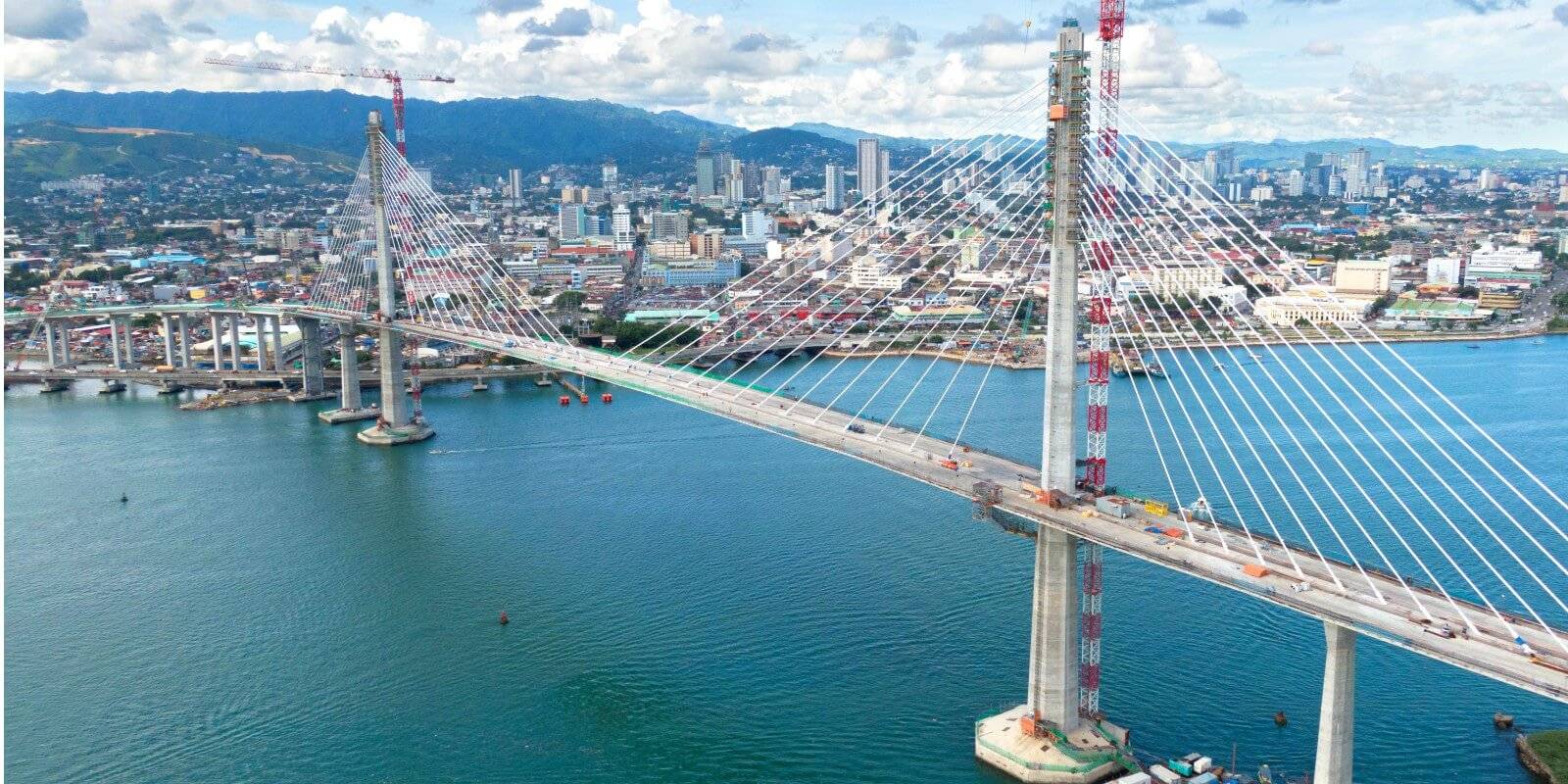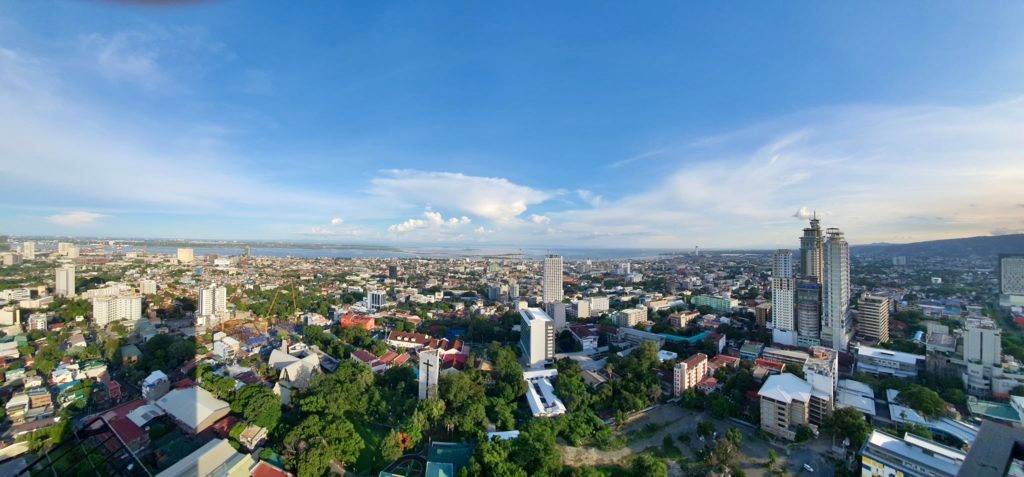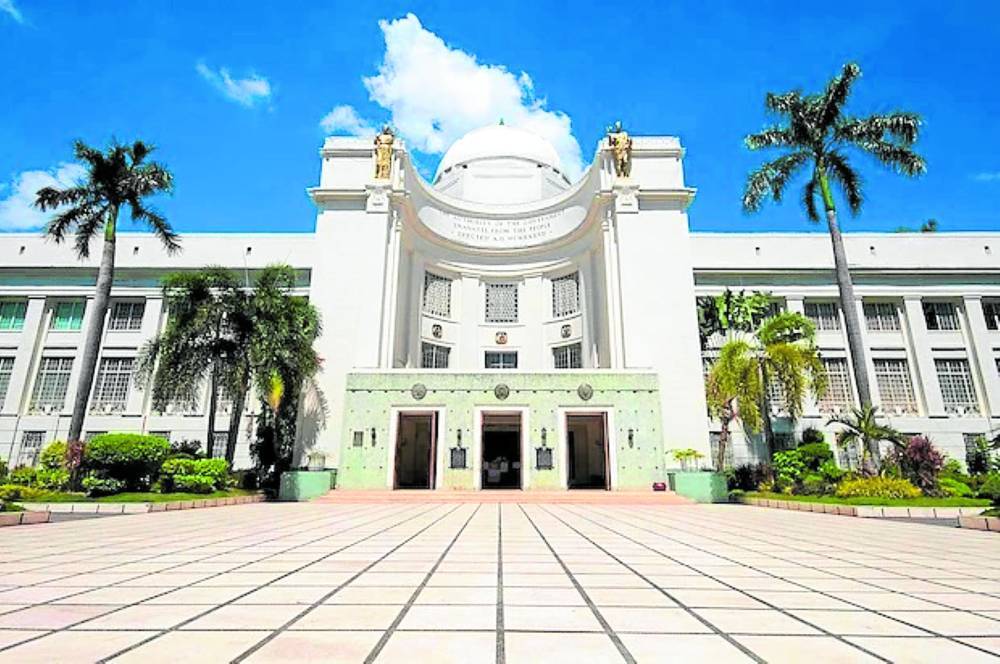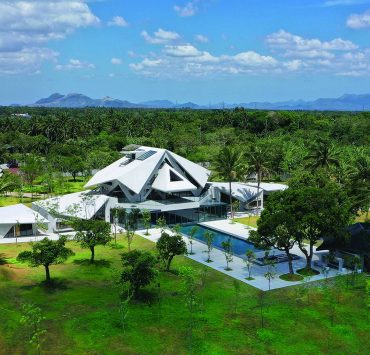Cebu City: A powerhouse on all fronts


Economic powerhouse
Economically, Cebu City is a powerhouse. Its gross domestic product of close to P300 billion in 2023 comprised 22 percent of the entire Central Visayas economic output. This translates to a per capita income of around P296,000 for the city, which is P100,000 more than the country’s per capita GDP of P186,000.
This can be partly attributed to its superior performance in terms of economic dynamism (9th), government efficiency (14th), infrastructure (17th), resiliency (30th), and innovation (12th), based on the 2023 assessment of the Philippines’ 82 cities and municipalities.
The preference of many companies to have Cebu as a default business destination outside Metro Manila is reflected in the considerable number of global companies setting up offices in Cebu.
IT and business process management (IT-BPM) companies, including Concentrix, Teleperformance, JP Morgan, and Accenture, occupy around 20,000 sqm of office space, equivalent to one mid-rise building. Correspondingly, top grade office spaces for lease currently stand at 1.175 million sqm, with more than 150,000 sqm in the pipeline.
Attractive outsourcing location
The IT-BPM industry is the main taker of these office spaces. The existence of an ample, well-educated, and English-speaking population makes Cebu an extremely attractive location.
Further, the IT-BPM industry is projected to significantly grow globally over the next three years and the country’s FTE in this industry is projected to reach two million by 2028. This translates to around 140,000 new FTEs annually until 2028, which, in turn, will require close to an annual office space demand of 500,000 sqm.
Tourism rebound
Tourism strongly rebounded in 2023 and Cebu benefited from this influx of tourists.
From 245,000 tourists arriving through Cebu International Airport as their port of entry, the number grew to 940,000 in 2023, a 280 percent increase. This easily translates to more than P40 billion in tourism receipts for Cebu, with tourists spending at least five days on the island.

The increase in tourist arrivals also resulted in close to 60 percent occupancy rate among Cebu hotels and resorts, which is good news for the resort and hospitality players in the area.
Nationally, the issues for the residential submarket include the higher-for-longer interest rates, the flight of the Philippine offshore gaming operators (POGOs), and the COVID-19 pandemic.
Current mortgage rates average 8.3 percent, which is 200 basis points higher than the 6.3 percent that prevailed in 2016 to 2018. The higher interest rates significantly contributed to the 60 percent reduction in annual average take-up, from 52,000 units in 2016 to 2018 down to 22,000 in 2022 to 2023. The POGO ban is seen to increase vacancy rates in Metro Manila, specifically in the Bay Area, to about 20 percent, while the pandemic brought national take-up to less than 20,000 units in 2020 to 2021.
Significant upsides
However, there are significant upsides for the residential market as well, such as the observed sustained increase in residential property prices despite the high interest rates, as shown by the Q1 2024 BSP Residential Real Estate Price Index and the year-on-year net increase in residential property loans based on BSP data. This means the market recognizes that property appreciation will outweigh the higher interest charge in the long term.
Other opportunities include the expected 25 to 50 basis points decrease in the country’s policy interest rate, which as of this writing, stands at 6.5 percent; continued increase in overseas Filipino workers’ remittances, seen to hit $38 billion in 2024; tourism industry’s recovery to pre-pandemic levels; and the 200 major infrastructure projects of the government amounting to P9 trillion, which will definitely prop up the economy.
All these are seen to buoy the residential real estate sector and contribute to its eventual recovery.

Cebu’s residential market
Cebu’s residential market reflects the observed national data.
In the condominium subsegment, for example, current prices can reach up to P240,000 per sqm, which is almost comparable to Metro Manila prices. Lobien Realty Group’s survey of three major condominium developers revealed that average condominium prices increased by 12 to 30 percent from 2019 to 2023. This can be attributed to the healthy demand for condominium units in Cebu, which is relatively unaffected by the POGO issue in Metro Manila.
Also, as a region, Central Visayas has had a stable share in terms of residential loans at 6 percent for the period 2021 to 2023, based on BSP data.
The existence of upscale and luxury developments in the Cebu condominium market is reflective of the national data where luxury developments (P423,000 per sqm and above) have been maintained at 10 percent for 2022 to 2023, while upscale projects (260,000 per sqm up to P423,000 per sqm) increased five-fold from 9 percent to 45 percent, in terms of number of launches.
“Trophy” or luxury assets are unaffected by macroeconomic conditions–hence, the sustained launches of luxury condominium projects. Upscale condominium developments meanwhile have been observed to be a result of the preference for bigger space by buyers due to the pandemic experience.
Key takeaway
In conclusion, Cebu’s status as a default business destination outside of Metro Manila is a result of the city’s dynamic and robust economy, existence of an efficient government, and the availability of the required infrastructure and labor to sustain economic activity and growth.
The active participation of major real estate developers is justified and may prove to be profitable in the next several years.


















